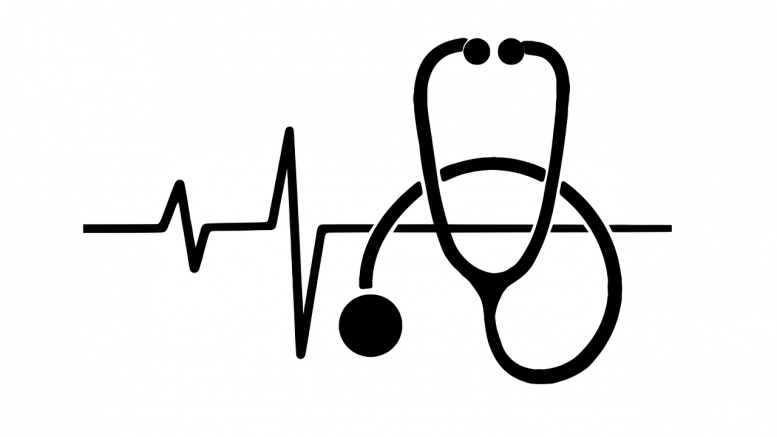Many forces have contributed to the rising demand for digital health companies to create frictionless collaboration between patients and other industry stakeholders. However, the pandemic is probably the most wide-sweeping example. The instantaneous disruption we experienced across all industries was perhaps most evident in healthcare. We see innovation and resilience emerge nearly two years later. As people in the industry continue to turn challenges into opportunities, here are eight hot spots in health tech for 2022.
1. Virtual care adoption. The pandemic showed the importance of accelerating the adoption of new healthcare technologies, including virtual care models. Virtual care was reportedly 38 times higher than the pre-COVID-19 baseline. We’ll continue to see the adoption of telehealth apps and a supporting health data infrastructure to improve adherence to care plans and improve patient outcomes.
2. The FHIR confusion. While some forward-thinking healthcare organizations have adopted the fourth version of Fast Healthcare Interoperability Resources (FHIR) standards, many are working under the older versions. In the absence of uniformity, organizations using different versions of FHIR will experience confusion, as each version has other requirements. Without a mandate to upgrade to the latest versions of FHIR, many organizations will maintain the status quo to avoid the additional costs and business disruption of updating. These organizations will likely follow the path of large tech or health companies.
3. Opportunities for developers. Developers are in high demand in the health tech industry. For those looking to get in on the ground floor of the next wave of disruptive technology, health tech is the place to be. Developers motivated by creating something new to solve fundamental problems will find great appeal in tackling these challenges. Instead of working on an app’s seventh or eighth revision, developers could help create something the world has never seen. Health apps can help improve people’s quality of life. For many developers, this sense of purpose can be a big draw.
4. Patients control the data. Today, patients have a universe of information available at their fingertips, and they use what they’ve learned to shop around and make the most informed decisions about their health. From locations to reviews to cost, patients can customize their healthcare experience. Having access to health records gives them a layer of data and control that they can use to optimize their healthcare even further as they use many apps. And as technology that simplifies the patient consent process becomes more intuitive, patients will be able to do more.
5. Consumer-mediated data exchange. Companies will rely on patient consent to access data. To do this, they must clearly explain why the data is necessary and how the patient will benefit—whether directly or indirectly. Simplifying authorization for data access can unlock previously unimaginable efficiencies and cost savings. By incorporating a consumer-mediated exchange platform and processes that exceed current requirements, organizations will be ready for the inevitable regulatory updates.
6. APIs for a competitive edge. The 21st Century Cures Act requires providers to implement APIs that give patients easy, digital access to their data, which they can then share at their discretion. As a result, providers are working with tech companies to ensure compliance with this regulation. The API development trend could also be bolstered by the reintroduction of digital projects delayed by the pandemic. Healthcare companies will adopt APIs to gain a competitive advantage in the digital healthcare ecosystem.
7. Decentralization of health data via blockchain. Decentralized health data will become a more frequent discussion. Patients are demanding greater control of their health data and the security of that data. Blockchain has the potential to do just that, and we’ll see research in this area ramp up in the coming year.
8. VC funding momentum. Digital health firms received a significant amount of funding in 2021. I see two main forces keeping this trend alive. One is the market demand for connected health data as consumers gain control of their health. The other is healthcare providers trying to comply with various standards requiring greater interoperability. As a result health tech will remain a popular opportunity for investors in 2022.
Health tech plays a significant role in improving quality and access to healthcare and patient data—from helping people build healthy habits and managing chronic conditions to impacting businesses beyond care. I am looking forward to seeing new advancements in health tech during 2022 that push the envelope for the betterment of the industry.
As CEO of Medchart, James Bateman is on a mission to radically re-envision access to health data.





